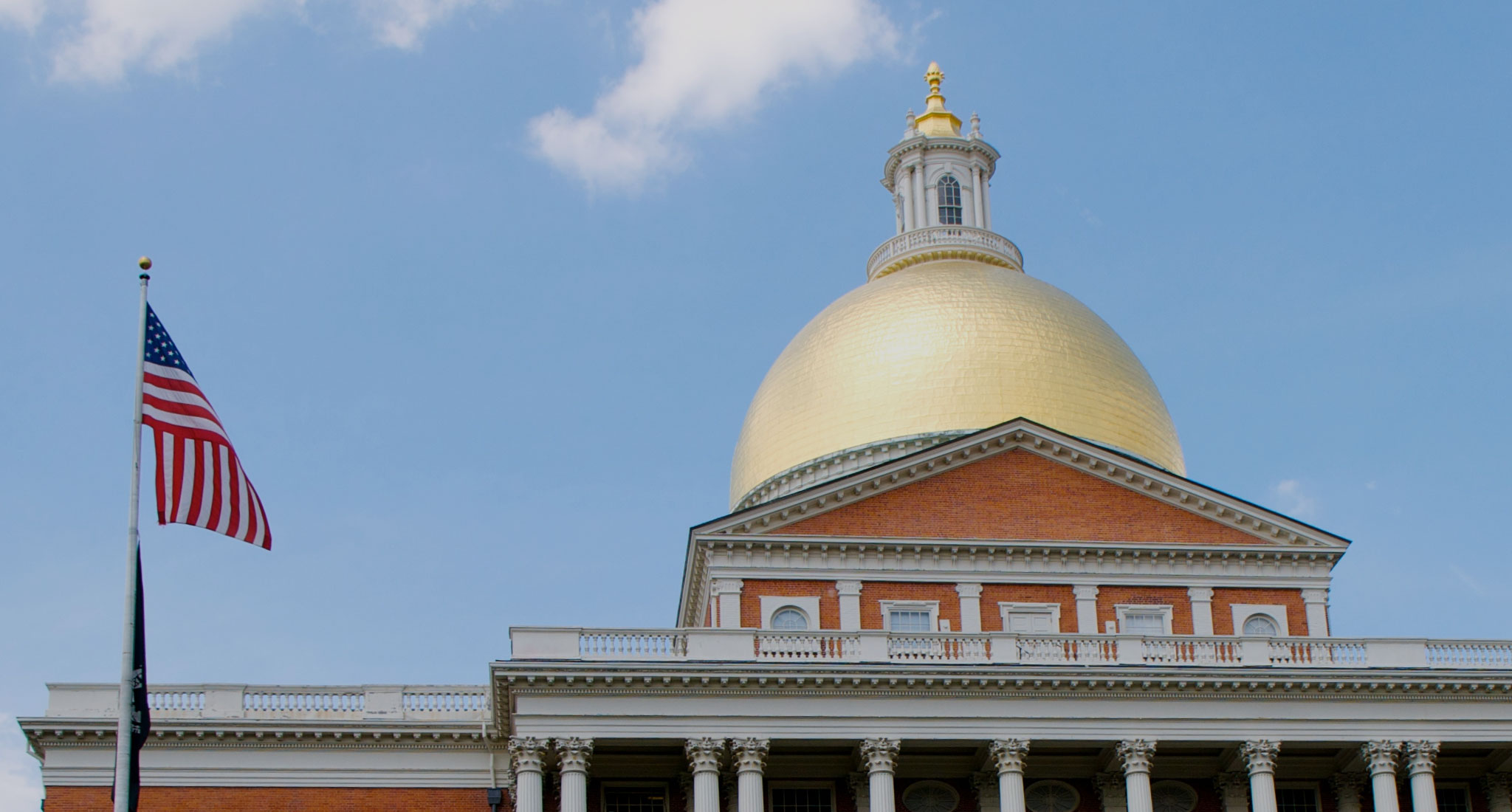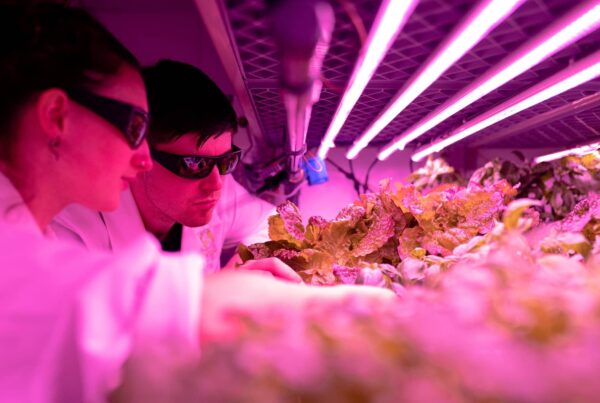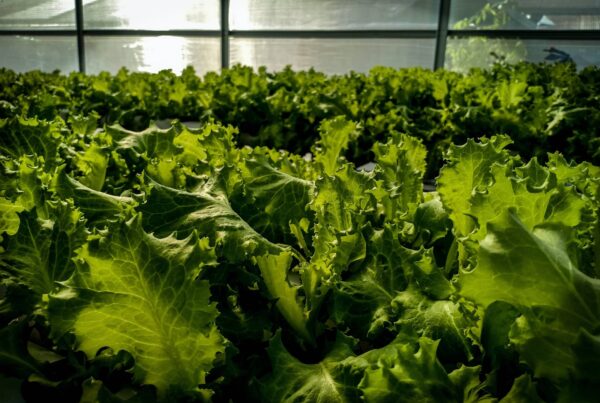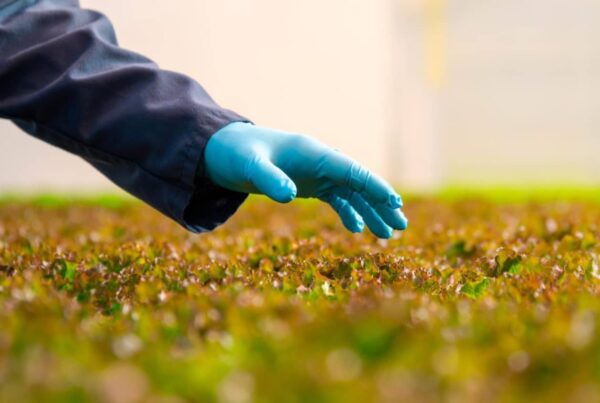Massachusetts Cannabis Control Commission Addresses Definitions, Eligible Equipment, and Exemptions
Horticultural Lighting Power Density Calculations Clarified
On July 17, 2020, the Massachusetts Cannabis Control Commission released a list of frequently asked questions with associated answers to clarify the market’s understanding of regulations and the ways cultivators can comply with them.
The answers to questions #4 – 6 are relevant to architects and engineers designing lighting systems for Commonwealth facilities, and address the definition of Horticultural Lighting Power Density (HLPD) and Horticultural Lighting Square Footage (HLSF). HLPD equals total horticultural lighting equipment (HLE) wattage divided by HLSF. With their answers, the CCC defines HLSF to include mature canopy area alone. Areas devoted to cultivating immature plants (seedlings and clones) are not counted towards HLSF, but the wattage to grow immature plants is included in the HLE calculation.
“Commission regulations define Horticultural Lighting Square Footage to mean canopy…Aisles and walkways are not counted as part of the canopy (Horticultural Lighting Square Footage) calculation.”
The clarification in the answer to #6 regarding the exclusion of aisles and walkways is a valuable detail for the local supply chain and the national policymaking community to consider.
Defining square footage for cultivation to include only growth areas and tables and is in alignment with the calculation methodology of RII’s Cannabis PowerScore platform, which Commonwealth cultivators can use to report annual energy and water consumption and benchmark their operation against peer facilities. Massachusetts cultivators benchmarking their facilities with PowerScore have multiple lighting power density benchmarks at the facility and plant growth stage level so they can compare their operations apples to apples against peer facilities across our national Ranked Data Set.
Cultivators can use two options to comply with regulations, and these new clarifications make 935 CMR 500.120 (11)(b), the LPD path, harder to achieve with the new guidance excluding aisles and walkways. The alternate path of 935 CMR 500.120 (12)(b) – choosing fixtures with photosynthetic photon efficacy (PPE) values 15% above the DLC’s minimum from their Horticultural Technical Requirements – may prove to be a preferable option for Commonwealth cultivators. The Horticultural Qualified Products list features a state filter and users can select MA CCC Compliance to compare eligible light fixtures.
The answer to question #10 regarding energy use intensity (EUI) targets as a basis for exemption from horticultural lighting, HVAC, and dehumidification system requirements also aligns with RII’s opinion that there are not yet robust EUI baselines for outdoor, greenhouse, and indoor cultivation operations taking into account all fuels with which to make high performance benchmarks necessary for the development of targets. With the information the CCC collects in its initial years of energy reporting from licensees, EUI targets may be developed once enough producers report ranges of performance to establish targets that could be used for exemption from system-level requirements.






